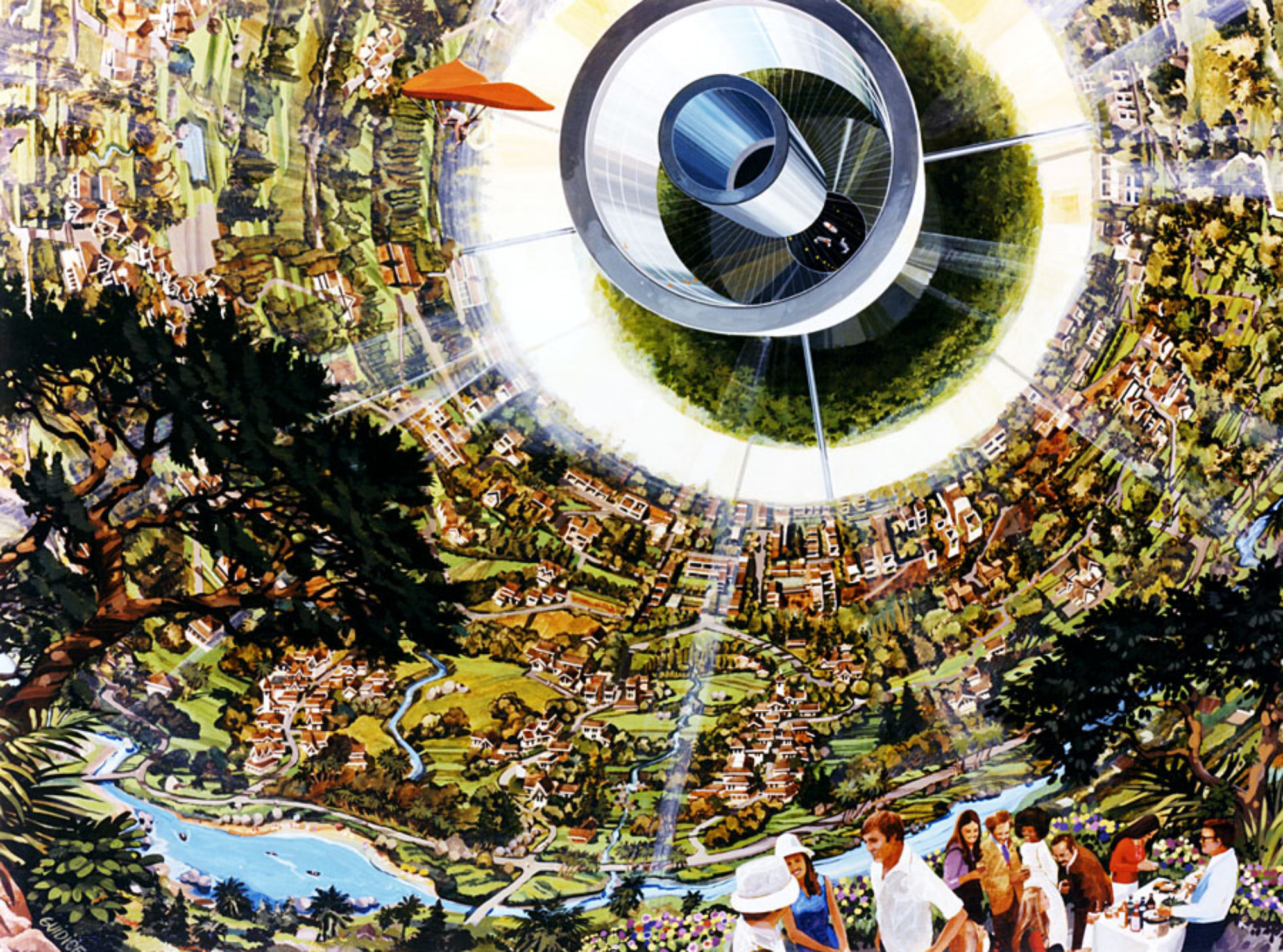
Peter Hague, an astrophysicist located in the UK has published his entry in the Mars Society City State Design Competition for a settlement of 1 million people on Mars. Although not chosen for presentation at the Mars Society Conference last October, the paper describing the city called Athens is linked on Hague’s blog planetocracy.org.
The site selected for the Athens settlement is Hellas Planitia which is attractive because of its low elevation and therefore higher atmospheric pressure than other locales on Mars providing greater radiation protection. The location also has the added benefits of close proximity to subsurface ice deposits as well as an easier landing site.
The basic residential unit in the colony shown above is called a “domestead” consisting of a steel framed geodesic dome with a shielded habitat at its center. The structure will enclose a self sufficient family farm with sustainable heat and power which will produce a surplus of biological matter and other goods. Each dwelling will be connected to others via network of underground tunnels.
All aspects of the settlement such as city design, construction and materials, economics, IT and governance have been worked out for its settlers to prosper while continuing to expand, producing more with fewer inputs from Earth. Eventually the colony could become fully independent.
Hague concludes his paper with a positive vision: “The story of Athens does not stop at a million people. It is designed to produce surplus material and to continue attracting new settlers. It can grow as a city, or it can support the creation of other cities elsewhere on Mars. From such cities a nation can be built, and that nation will have a space program. Technically adept and burdened by much less gravity than any nation on Earth, the Martian nation can then spearhead the humanisation of the solar system and beyond.”
